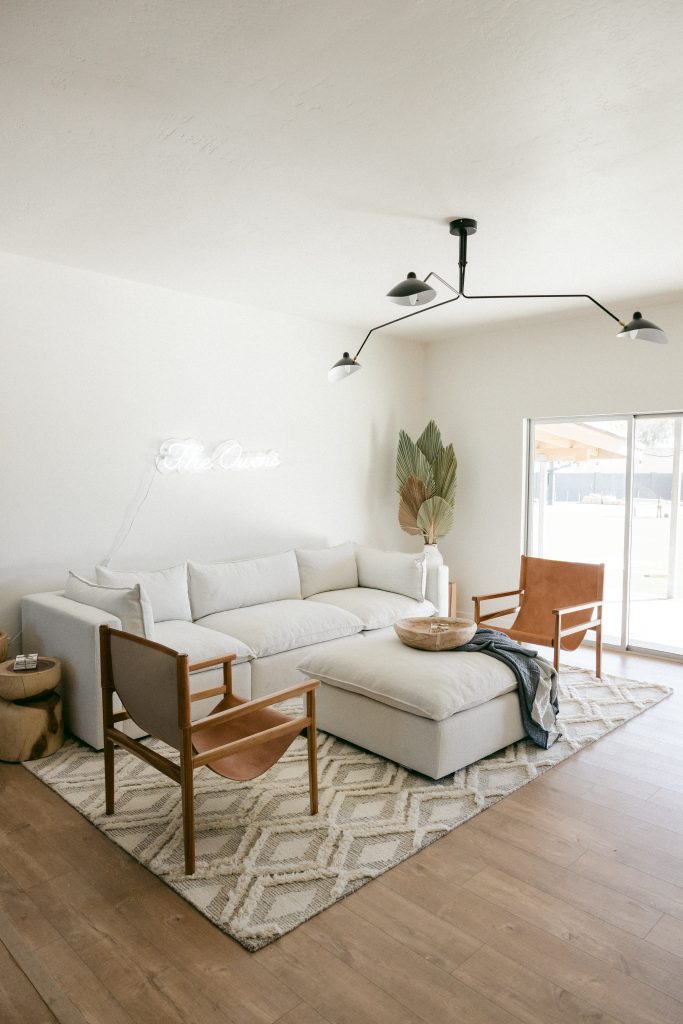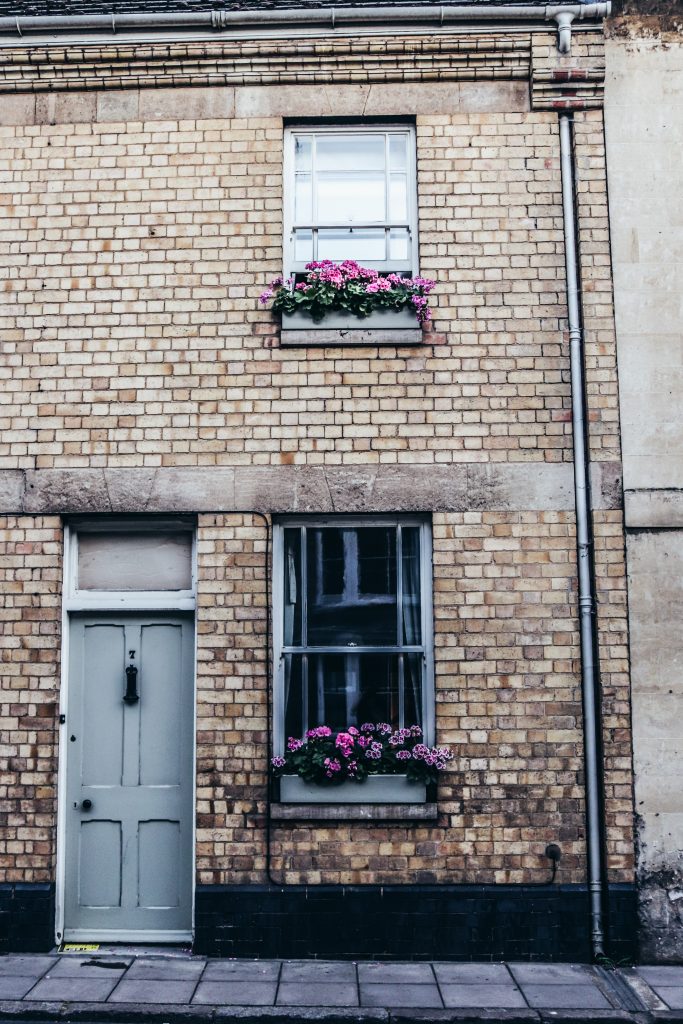If you think that you do not have enough experience and might think that you are about to make a mess of your job, do not panic. You can always look for help through your local paint dealer or local house painters Reno NV. Or you can do the final touch by yourself. The following are some tips to remember when you plan on doing your exterior painting job yourself:
- Have enough painting materials – Paint materials vary and it is very important that you have enough materials before you start painting. It is always advisable to have 10 adequate large rollers, brushes, paint pan or tray, extender, mixing sticks, sand paper, lighting and floor covering kit, caulk, and plastic sheet in preparation of your painting work. These materials will also help you avoid wastage of your time and effort. Purchasing quality materials allows you to rest assured that your project will be done effectively and in the shortest time possible.
- Prepare the area for painting – It is always advisable to remove loose paint and solid surrounding surfaces to prepare the area for coating. This helps prevent uneven spreading of paint and smoother coverage of painted areas. You can make this a part of cleaning your painting area to give it a radiant look. Also, try to remove and replace it with other similar fixtures such as hooks, ropes and pegs if there are any in place in your house or work area. Remove old electrical cords if they were left in place.
- Use the right brush or fan for the paint – When you start painting, make sure that you choose the right kind of brush. For glossy surfaces such as exterior facade painting, use a good quality aluminum one. For rougher surface exteriors, use a 6 to 8 inch wide brush to paint it carefully. Use a wide variety of paint brushes for your exterior painting work as most paints, no matter how thick, will do well enough with a 6 to 8 inches wide brush. For brush painting, the more wide it is, the better it will be.
- Protect yourself – Take necessary precautions to protect yourself from harmful paint fumes. Use masks and floral or gogle Palm trees or fillers that absorb paint fumes. Also, wear protective clothing – long-sleeved shirts, long pants, gloves and safety boots to protect your body from all kinds of paint fumes.
- Clean the paint – When all physical surfaces and surfaces have been properly prepared, clean them with water and a power washer. Wash them afterward with a 3 to 4- tablespoon neutral cleaning solution made of water and baking soda (sodium bicarbonate) mixed with a 32 to 40uminiumohylig Pavonex. Clean after washing with vinegar solution (2 tablespoon water, 1 tablespoon baking soda, 1 cup vinegar, 1 pint water)
- Let the paint dry – Do not touch or move paint filled surfaces or objects until they are completely dry. They can cause damage to the paint and to yourself, hence, preparation of any that needed to be replaced should be done before hand. Wipe the excess paint with paper towels or a clean rag. If you want to protect the windowsill, wipe them with newspapers.
- Protect your painting tools – Try to use painting tools that are free of paint exposure, such as leather gloves or mask. Order strong plastic sheets and drop cloth to protect materials and chairs, tables, and other furniture from any paint drips or fluid spills.

Interior painting is much harder than exterior painting. It is also more complex and time-consuming. If the exterior painting lead to poor results, it usually can. This is mainly due to the concerning elements of rain, dust and wind. However, you can also consider its preparation. Choose high quality products and materials. Store them in a clean and dry place. Secure them tightly or place them away from heat and cold until they are ready for use.
